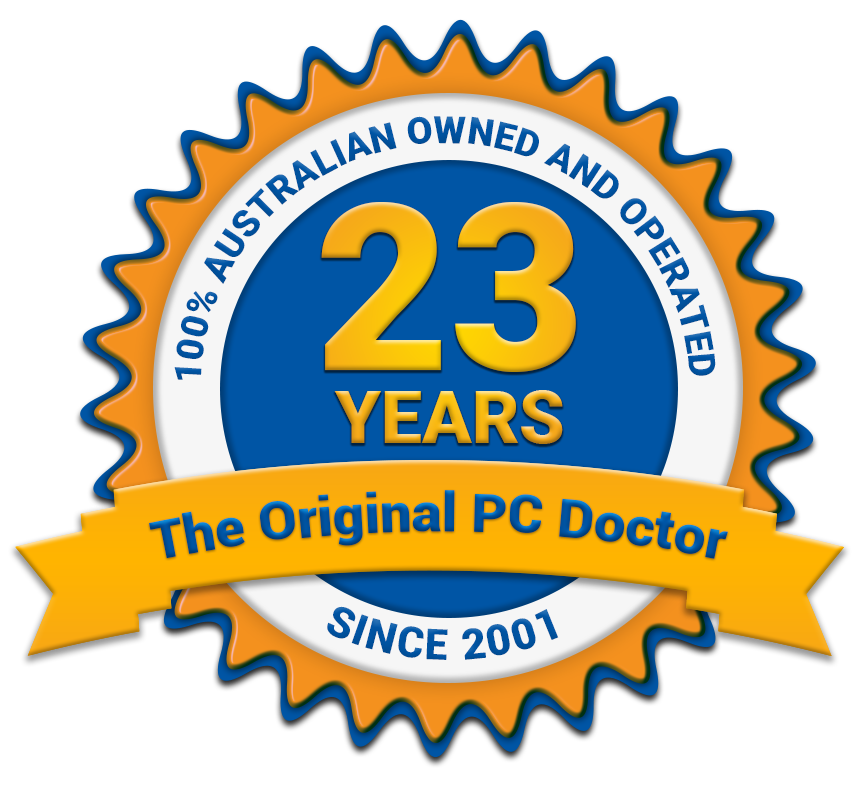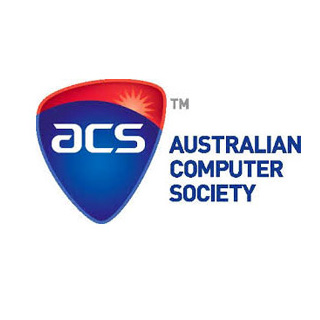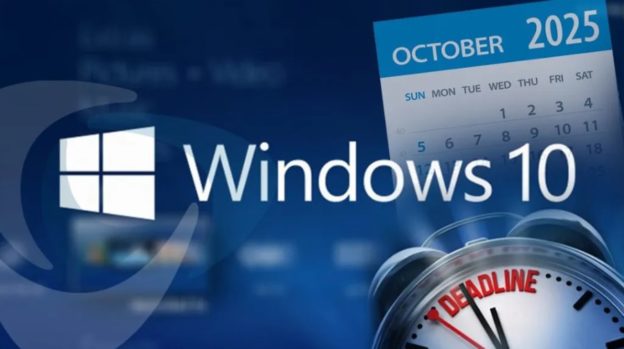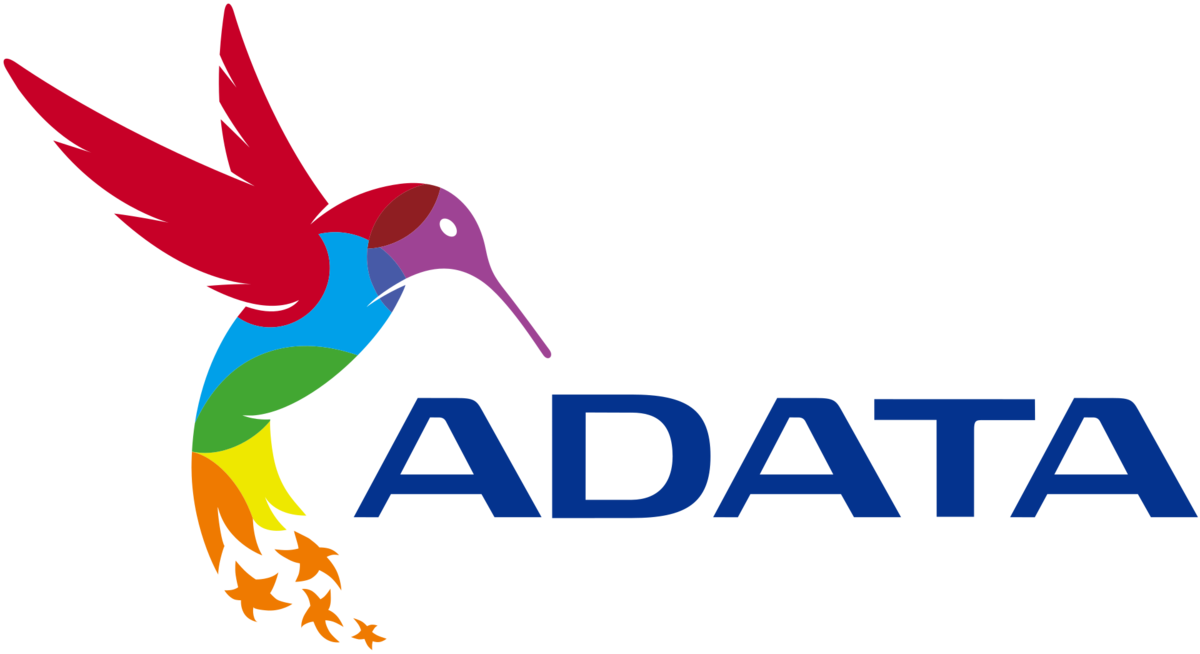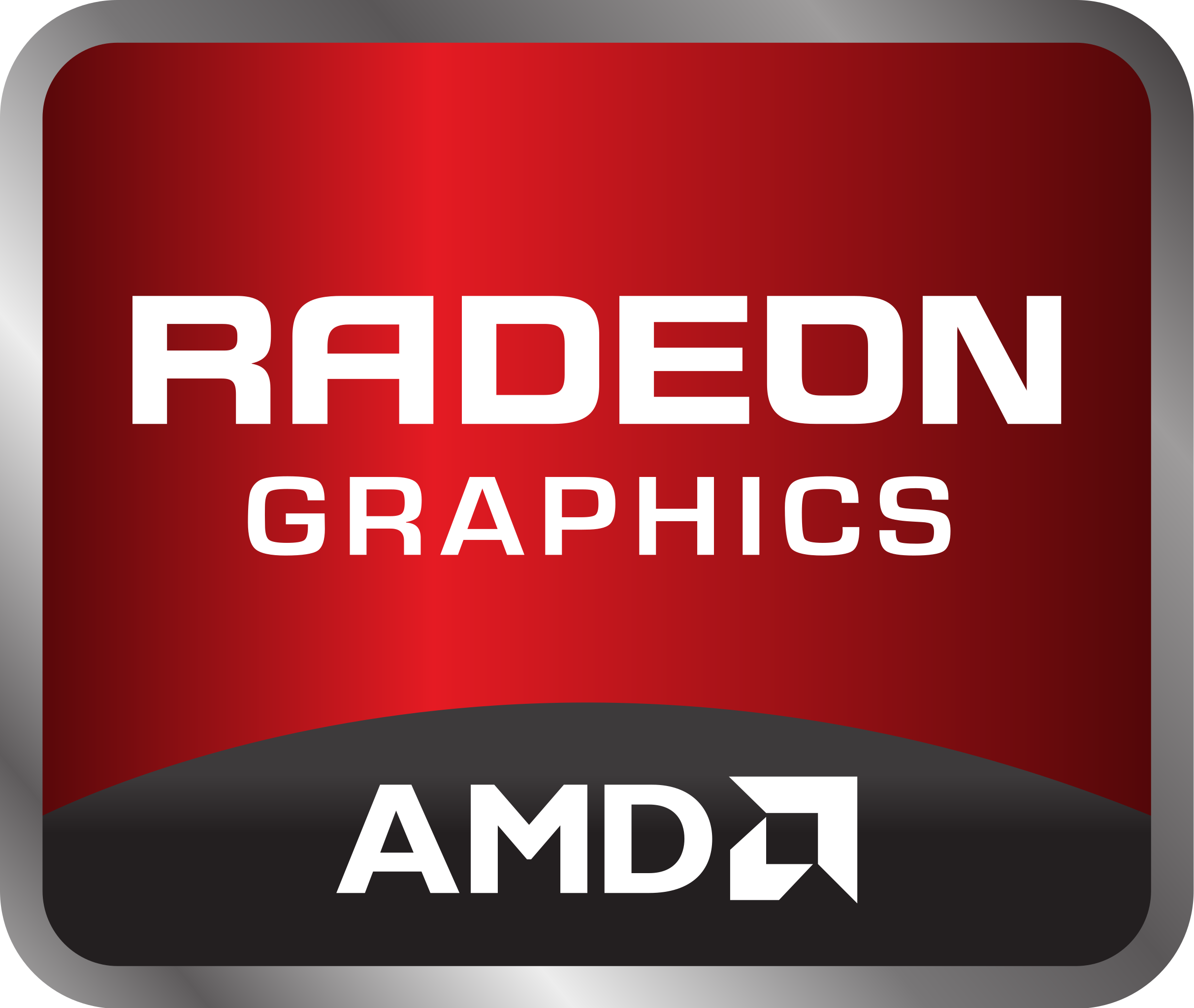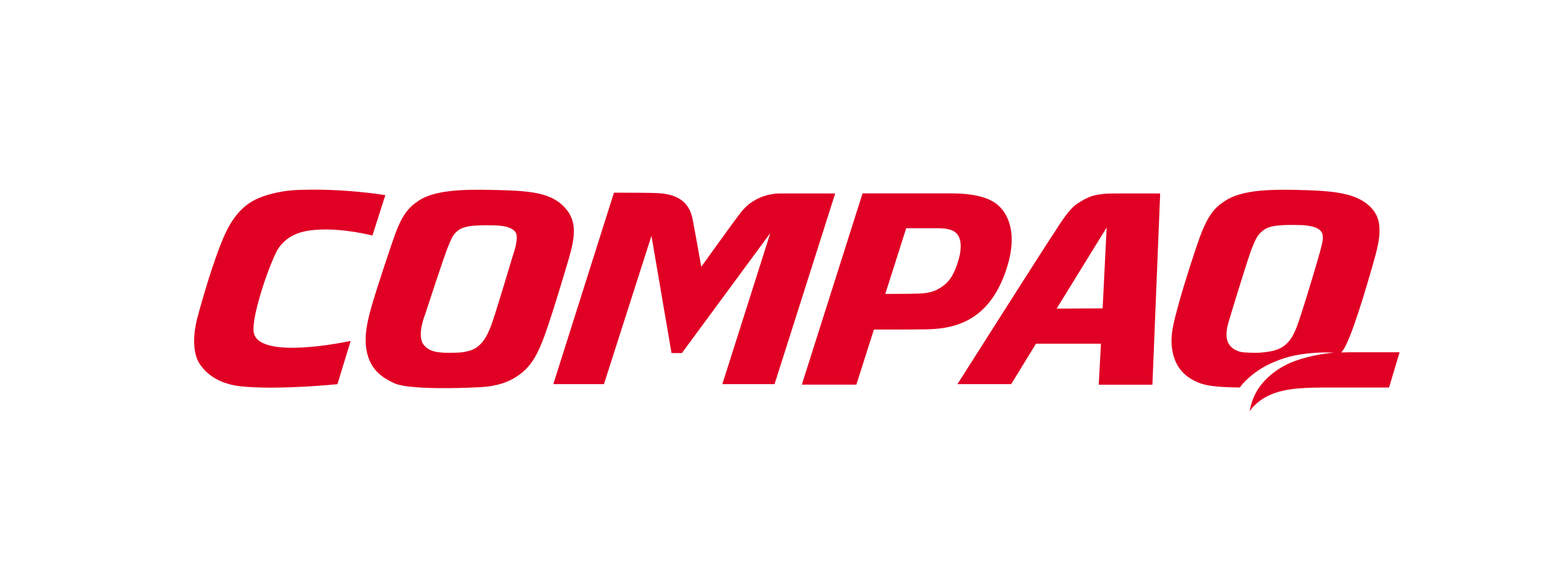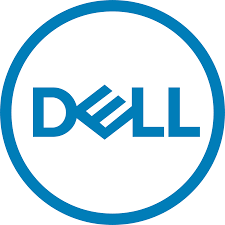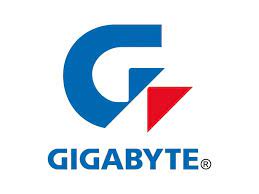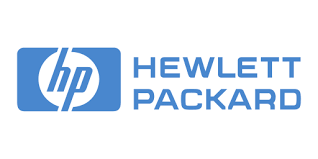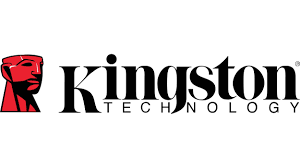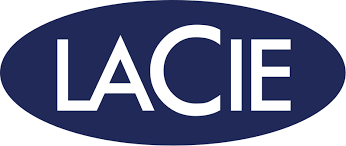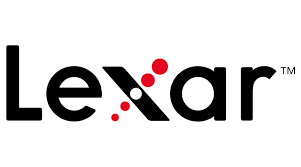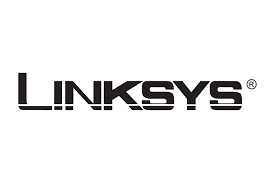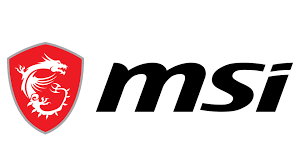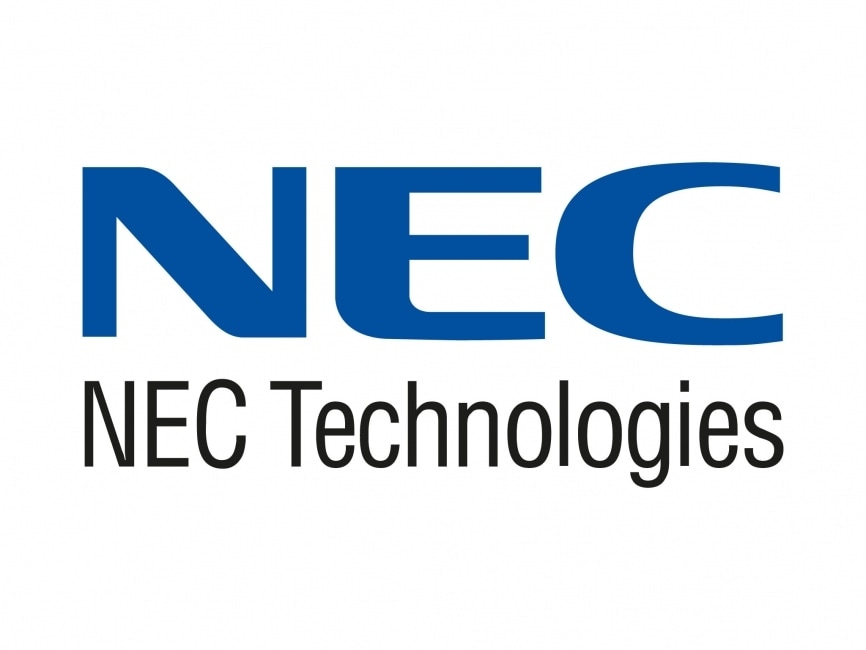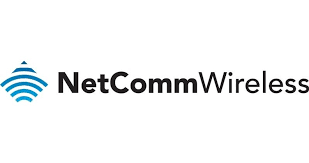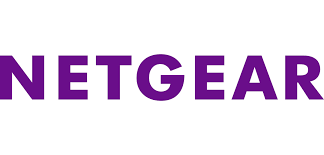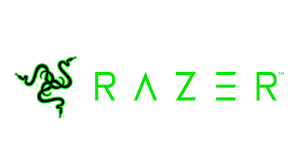The history of remote support for computers can be traced back to the early days of computing itself. In the 1960s, researchers at MIT developed a system called Time-Sharing System (TSS) that allowed multiple users to access a single computer remotely. This was a major breakthrough, as it made it possible for people to use computers without having to be in the same physical location.
Remote support in the 1970s
In the 1970s, the development of terminal servers made it possible for even more people to access computers remotely. Terminal servers are devices that allow multiple users to connect to a single computer using terminals. This made it possible for businesses to centralize their IT resources and provide remote support to their employees.
Remote support in the 1980s
In the 1980s, the advent of personal computers (PCs) led to a further increase in the demand for remote support. PCs were more affordable and accessible than mainframe computers, and they quickly became the standard computing platform for businesses and individuals. However, PCs were also more complex to manage and troubleshoot, which led to a growing need for remote support solutions.
Remote support in the 1990s
In the 1990s, the development of remote desktop software made it possible to provide remote support in a more efficient and user-friendly way. Remote desktop software allows a technician to view and control the user’s computer screen remotely, as if they were sitting right in front of it. This made it possible for technicians to diagnose and fix problems quickly and easily, without having to travel to the user’s location.
The early remote desktop software applications were often complex and expensive to use. However, as the technology matured, remote desktop software became more affordable and accessible. Today, there are a wide variety of remote desktop software applications available, both free and commercial.
The rise of the internet has further revolutionized remote support. Internet-based remote support solutions allow technicians to provide support to users from anywhere in the world. This has made it possible for businesses to provide support to their employees and customers 24/7, regardless of their location.
Remote support is now an essential part of IT operations for businesses of all sizes. It allows businesses to save time and money by reducing the need for on-site support visits. Remote support also makes it possible to provide support to users who are located in remote areas or who have limited technical expertise.
Here is a timeline of some of the key milestones in the history of remote support for computers:
- 1960s: MIT researchers develop Time-Sharing System (TSS), which allows multiple users to access a single computer remotely.
- 1970s: Terminal servers are developed, making it possible for even more people to access computers remotely.
- 1980s: Personal computers (PCs) become the standard computing platform for businesses and individuals, leading to a growing need for remote support solutions.
- 1990s: Remote desktop software is developed, making it possible to provide remote support in a more efficient and user-friendly way.
- 1990s: The internet becomes widely adopted, leading to the development of internet-based remote support solutions.
Today, remote support is an essential part of IT operations for businesses of all sizes. It allows businesses to save time and money, provide support to users in remote areas, and help users with limited technical expertise.





